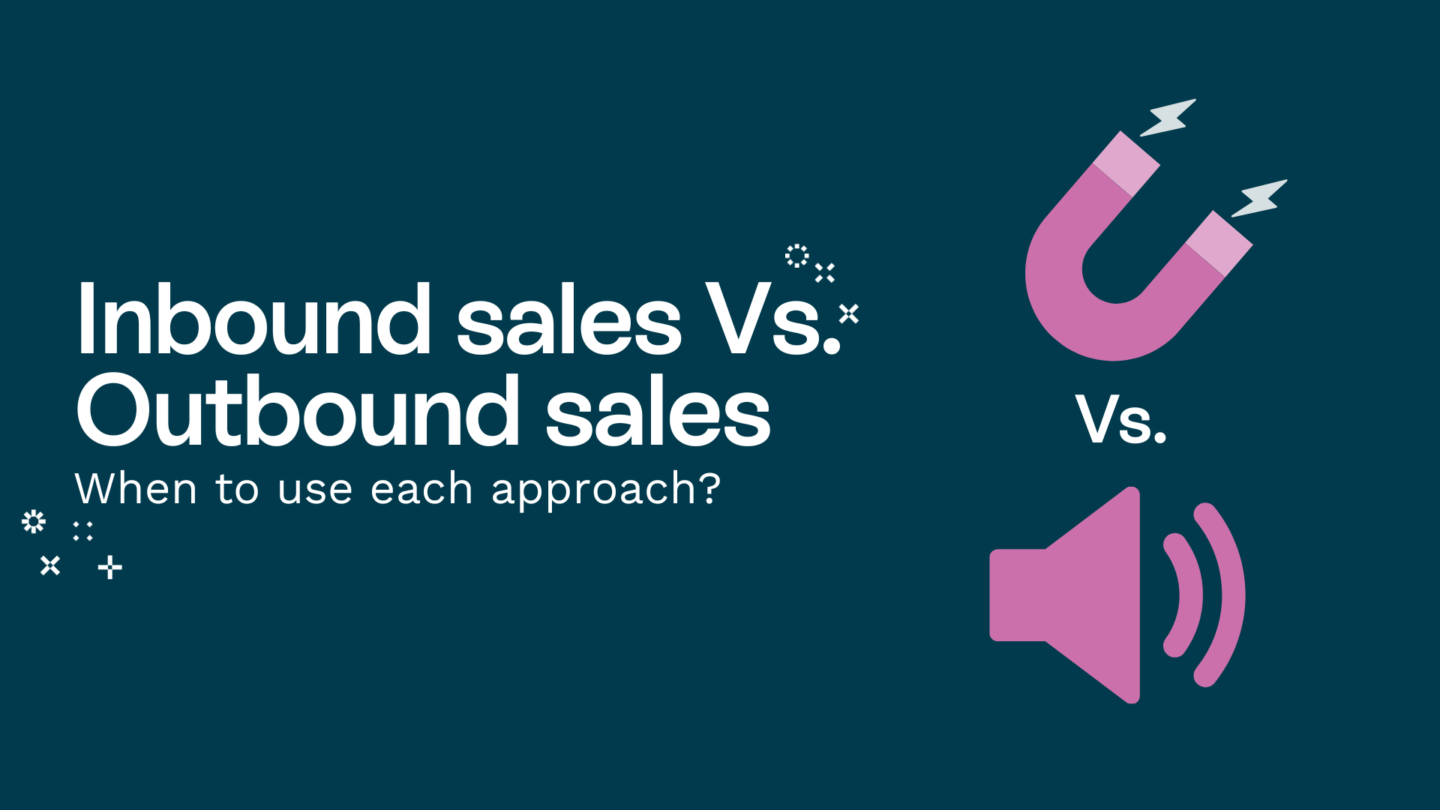If you’re in the business of providing social media marketing services, having a solid proposal template can be a game-changer. It can help you communicate your ideas clearly, showcase your unique selling points, and ultimately win more business. In this article, we’ll walk you through the essential components of a social media marketing proposal template and offer tips for creating an effective one.

The basics of a social media marketing proposal
Before diving into the details, it’s important to understand what a social media marketing proposal is and why it’s important. In a nutshell, a proposal outlines your social media marketing strategy and tactics and presents them to a potential client. It’s a key document in the sales process and can be used to showcase your expertise, understanding of the client’s business, and ability to deliver results.
What is a social media marketing proposal?
A social media marketing proposal is a document that outlines the social media marketing strategy and tactics that you will use to promote a client’s business on social media platforms. It typically includes an executive summary, goals and objectives, target audience analysis, social media platforms and strategies, content creation and curation, timeline and milestones, budget and resources, and measurement and analytics.
Why is a proposal important for your business?
A proposal is important for your business because it helps you communicate your ideas clearly and persuasively, increasing your chances of winning new business. By outlining your strategy and tactics in a clear and concise manner, you can demonstrate your value proposition and differentiate yourself from the competition.
Read also: The role of Social Media Marketing for B2B

Essential components of a social media marketing proposal
Now that we’ve covered the basics, let’s dive into the essential components of a social media marketing proposal. These include:
Executive summary
Your executive summary should provide a high-level overview of your social media marketing strategy and tactics. It should be concise, persuasive, and tailored to the client’s business objectives. Make sure to highlight your key differentiators and explain how your approach will help the client achieve their goals.
Goals and objectives
Your goals and objectives should be specific, measurable, achievable, relevant, and time-bound (SMART). They should align with the client’s business objectives and take into account their target audience, industry, and competitive landscape. Make sure to explain how you will measure success and track progress over time.
Target audience analysis
Your target audience analysis should provide insights into the client’s ideal customer profile, demographics, interests, and pain points. It should also include a social media audit that analyzes the client’s current social media presence, engagement rates, and content performance. Use this information to inform your social media strategy and tactics.
Social media platforms and strategies
Your social media platforms and strategies should be tailored to the client’s target audience and business objectives. You should identify the social media platforms that are most relevant to the client’s audience and explain how you will use each platform to achieve your goals. Your strategies should include organic and paid tactics, as well as community management, influencer collaborations, and social listening.
Content creation and curation
Your content creation and curation strategy should outline how you will create and curate content that resonates with the client’s target audience. You should explain your content themes, formats, and distribution channels, as well as how you will repurpose content across different social media platforms. Make sure to provide examples of your previous work and explain how you will maintain a consistent brand voice and tone.
Timeline and milestones
Your timeline and milestones should break down your social media marketing strategy into actionable steps that can be tracked and measured. You should provide a detailed timeline that outlines each task, its duration, and the expected outcome. Make sure to assign responsibilities and set realistic deadlines that take into account the client’s business objectives and constraints.
Budget and resources
Your budget and resources should provide a clear breakdown of the costs associated with your social media marketing strategy. You should explain your pricing model, service offerings, and any additional costs that may arise during the project. Make sure to demonstrate your ROI and explain how your approach will help the client achieve their business objectives within their budget.
Measurement and analytics
Your measurement and analytics plan should explain how you will track and measure the success of your social media marketing strategy. You should provide a clear set of KPIs that align with your goals and objectives, as well as a dashboard that shows real-time performance metrics. Make sure to explain how you will use this data to optimize your approach and drive better results.
Read also: 8 ways SaaS can increase sales through digital marketing

Tips for creating an effective proposal template
Now that we’ve covered the essential components of a social media marketing proposal template, let’s go over some tips for making it as effective as possible:
Keep it clear and concise
Keep your proposal clear and concise, and use language that’s easy to understand. Avoid jargon and technical terms that may confuse the client, and use visual aids like infographics and charts to break up text and convey complex ideas.
Use visuals to support your points
Use visuals like images and videos to support your points and make your proposal more engaging. Don’t rely solely on text to convey your ideas, but rather use a mix of media to create a compelling story that resonates with the client.
Personalize the proposal for each client
Personalize your proposal for each client, and tailor it to their unique business objectives, target audience, and competitive landscape. Use language and visuals that speak to their specific pain points and challenges, and demonstrate that you understand their business on a deep level.
Include case studies or testimonials
Include case studies or testimonials from previous clients to demonstrate your track record of success. Make sure to highlight industry-specific examples that show your expertise and add credibility to your proposal.
Highlight your unique selling points
Highlight your unique selling points and showcase what makes your social media marketing services stand out from the competition. Whether it’s your proprietary tools, data-driven approach, or creative content strategies, make sure to emphasize what sets you apart and how that will benefit the client’s business.
The key takeaways
Writing a social media marketing proposal template may seem daunting, but it’s a crucial part of winning new business and showcasing your expertise. By following the essential components outlined in this article and using our tips for creating an effective proposal, you can create a document that communicates your ideas clearly and persuasively. Good luck!
Do you want to get started with contracts like these, and many more types? Click here to try Oneflow today.







